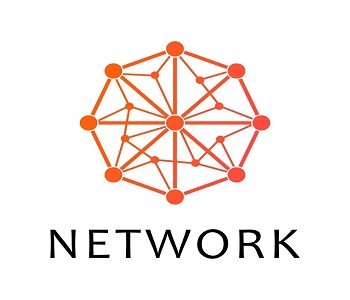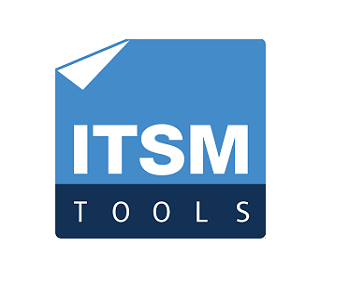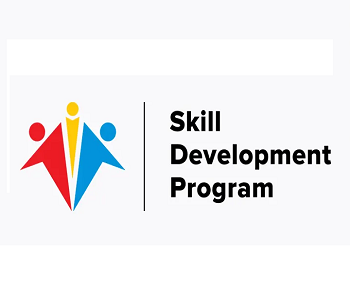IT & Non-IT Professionals Training Program
The modern workforce consists of a diverse blend of IT and non-IT professionals, each playing a vital role in driving business success. IT professionals specialize in technology-related roles such as software development, system administration, cybersecurity, data analysis, and network engineering. They are responsible for developing, maintaining, and securing the digital infrastructure that powers today’s businesses. With rapid advancements in cloud computing, artificial intelligence, and automation, IT professionals are continuously evolving to meet new challenges.
On the other hand, non-IT professionals encompass roles across departments like finance, human resources, marketing, sales, operations, and administration. These individuals ensure the smooth functioning of core business processes, customer service, compliance, and strategic planning. While they may not directly handle technical tasks, non-IT professionals increasingly rely on digital tools and platforms to perform their duties effectively.
As digital transformation continues to reshape industries, the line between IT and non-IT roles is becoming increasingly blurred. Many non-IT professionals are now required to understand basic technology concepts, use cloud-based software, analyze data, and collaborate with IT teams. Conversely, IT professionals must develop strong communication, project management, and business acumen to align technology solutions with organizational goals.
Organizations benefit greatly when both IT and non-IT professionals work collaboratively, combining technical expertise with business insight. Cross-functional training, upskilling programs, and digital literacy initiatives help bridge the gap between these two groups, fostering innovation and enhancing productivity. In today’s interconnected work environment, both IT and non-IT professionals are indispensable. By understanding each other’s roles and working together, they drive efficiency, improve decision-making, and contribute to the overall growth and success of the organization.




















